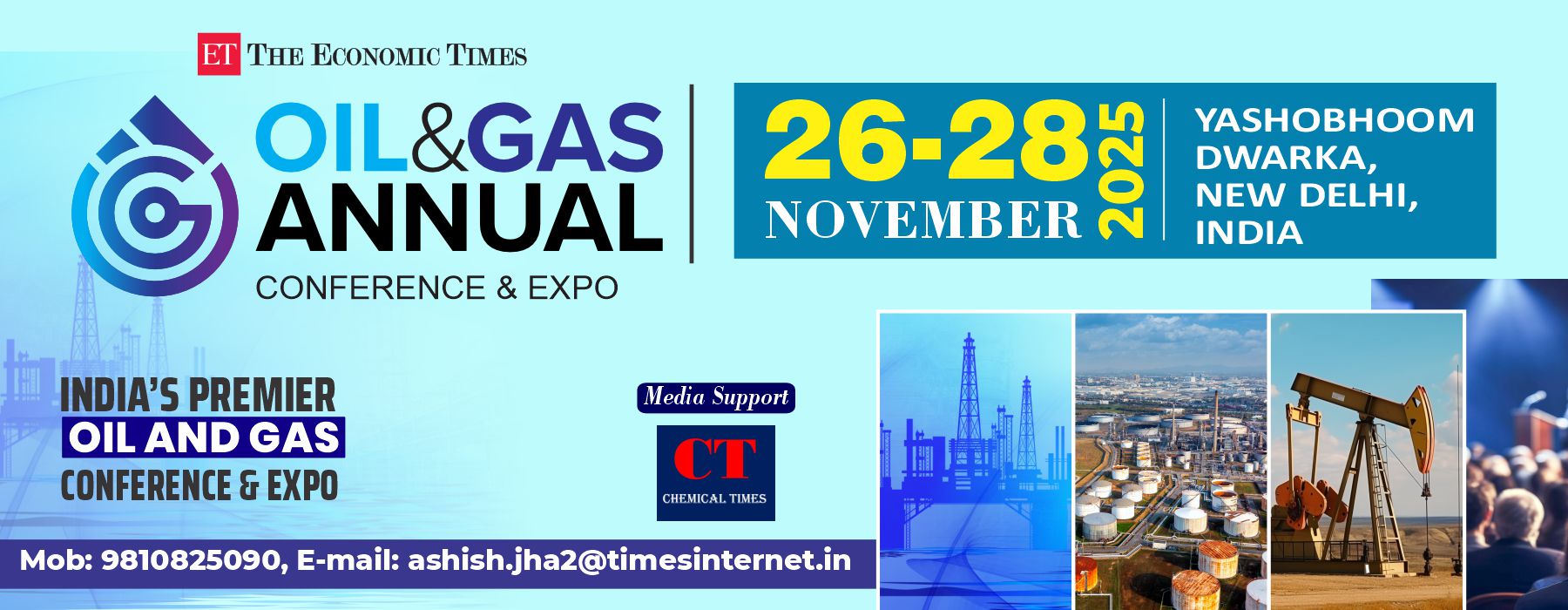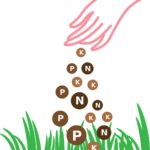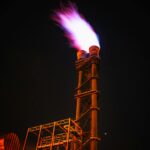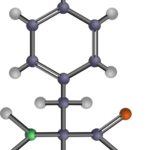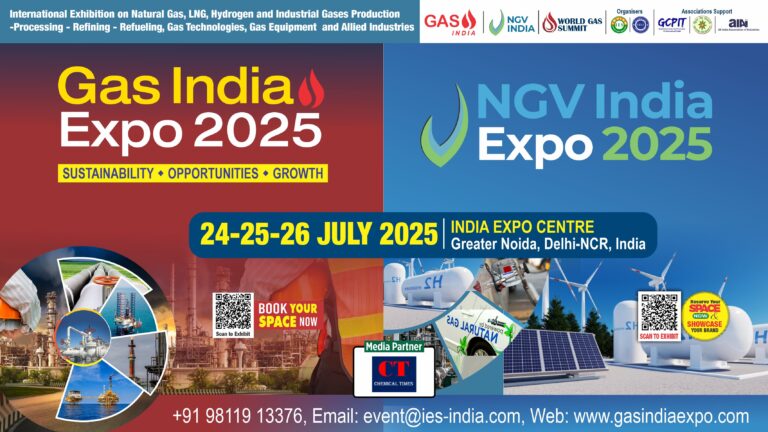Understanding how and why chemical reactions occur lies at the heart of chemistry and chemical engineering. While the end products of a reaction are usually the main interest for practical applications, the pathway a reaction takes — from reactants to products — is just as critical. This pathway is governed by molecular interactions, energy barriers, and intermediate species that define the reaction’s rate and feasibility.
Three fundamental terms often encountered in physical chemistry and chemical kinetics are activation energy, transition state, and reaction mechanism. These concepts are essential for students, researchers, and engineers working in fields ranging from catalysis and pharmaceuticals to materials science and energy conversion.
This article breaks down these complex terms, explores their interrelationships, and illustrates why they are so vital for understanding and manipulating chemical reactions.
🔬 What is a Reaction Mechanism?
A reaction mechanism is a detailed, step-by-step description of how a chemical reaction proceeds on a molecular level. It outlines the sequence of elementary steps (also called elementary reactions) that convert reactants into products.
Each step describes which bonds are broken and formed, which intermediates are generated, and the transition states involved.
Key Points:
A mechanism provides the “molecular movie” of a reaction.
Some steps may be fast, while others are slow (rate-determining).
Intermediates may form and disappear quickly.
The overall reaction is the sum of all these elementary steps.
Example: The reaction of hydrogen and iodine to form hydrogen iodide (H₂ + I₂ → 2HI) is overall simple but involves steps like bond dissociation and radical formation, which are not apparent from the net equation.
🧬 Elementary Steps
An elementary step is a single molecular event involving one or more reactants colliding and transforming into products or intermediates.
Types include:
Unimolecular: A single species decomposes or rearranges.
Bimolecular: Two species collide to react.
Termolecular: Rare; involves three molecules simultaneously colliding.
Each elementary step has its own rate law and transition state, and they collectively determine the kinetics of the overall reaction.
⚡ What is Activation Energy?
Activation Energy (Ea) is the minimum amount of energy required for a reaction to occur. It is the energy barrier that must be overcome for reactants to be transformed into products.
In terms of a potential energy diagram, activation energy is the difference in energy between the reactants and the highest-energy transition state.
Key Features:
Measured in joules (J) or kilojoules per mole (kJ/mol).
High Ea = slow reaction rate.
Low Ea = fast reaction rate.
Arrhenius Equation:
k=A⋅e−Ea/RT
Where:
k: reaction rate constant
A: frequency factor (collisions)
Ea: activation energy
R: gas constant
T: temperature (K)
This equation shows that increasing temperature reduces the exponential barrier, thereby increasing the reaction rate.
🌀 What is a Transition State?
A transition state, also called an activated complex, is the highest-energy, most unstable arrangement of atoms in the course of a reaction. It represents the point of maximum potential energy along the reaction coordinate.
Unlike reactants, intermediates, or products, the transition state:
Exists momentarily.
Cannot be isolated.
Represents a molecular configuration where old bonds are partially broken, and new bonds are partially formed.
Visual: On an energy diagram, the transition state is located at the peak between the reactants and products.
Why it Matters:
The energy of the transition state determines the activation energy.
Understanding its structure helps in designing better catalysts and inhibitors.
🧱 Reaction Intermediates vs. Transition States
While both are part of a reaction mechanism, intermediates and transition states are fundamentally different:
| Feature | Transition State | Intermediate |
|---|---|---|
| Stability | Extremely unstable | Relatively stable |
| Detectable? | No (exists momentarily) | Sometimes detectable |
| Energy Level | Maximum in reaction path | Local energy minimum |
| Isolation | Cannot be isolated | May be isolated briefly |
Example: In a multi-step reaction, the intermediate might be a free radical or carbocation that exists between two steps, while the transition state is the brief peak that must be crossed for that step to proceed.
🔄 Catalysts and Activation Energy
A catalyst is a substance that lowers the activation energy of a reaction, allowing it to proceed more quickly or under milder conditions. Catalysts do this by offering an alternative pathway with a lower energy transition state.
Key Features of Catalysts:
Do not alter the equilibrium position.
Are not consumed in the reaction.
May involve multiple steps with their own transition states.
Industrial Significance: Catalysts are central to processes like ammonia synthesis (Haber-Bosch), petroleum refining, and enzyme-catalyzed biochemical reactions.
🧮 Determining Activation Energy
Activation energy can be determined experimentally using the Arrhenius equation by plotting ln(k) vs. 1/T1. The slope of the line gives −Ea/R, allowing Ea to be calculated.
Alternatively, computational chemistry and transition state theory can estimate Ea based on the calculated energy of the transition state.
🧪 Real-World Applications
1. Pharmaceuticals
Understanding reaction mechanisms helps in drug design, especially in predicting how drugs are metabolized or how they interact with enzymes.
2. Materials Science
Designing polymers or advanced materials requires knowledge of reaction intermediates and kinetics to control molecular weight, branching, or crystallinity.
3. Catalysis
Industrial catalysts are developed by modifying transition state energies. For instance, in hydrogenation reactions, metals like palladium lower Ea and speed up reactions.
4. Environmental Chemistry
Reactions in the atmosphere (e.g., ozone depletion, smog formation) depend on radical mechanisms with well-defined intermediates and transition states.
🌡 Reaction Energy Diagrams
A reaction energy diagram visually represents the energy changes during a chemical reaction.
Components:
Reactants on the left
Products on the right
Peak: Transition state
Valleys (in multi-step reactions): Intermediates
Ea: Distance from reactants to the peak
ΔH: Overall energy change (products – reactants)
Diagrams can vary:
Endothermic reactions: Products higher in energy
Exothermic reactions: Products lower in energy
Understanding the shape of this curve helps in predicting rate, spontaneity, and the effect of temperature or catalysts.
📘 Summary of Key Terms
| Term | Definition |
|---|---|
| Activation Energy (Ea) | Minimum energy needed for a reaction to occur |
| Transition State | High-energy configuration during the reaction; peak of energy curve |
| Reaction Mechanism | Detailed sequence of steps that describe how reactants become products |
| Elementary Step | A single molecular event in a mechanism |
| Intermediate | A species formed in one step and consumed in the next |
| Catalyst | Substance that lowers Ea without being consumed |
| Arrhenius Equation | Mathematical relation between rate constant, temperature, and activation energy |
🧠 Final Thoughts
Chemical reactions are not simply black boxes where inputs are magically turned into outputs. Behind every transformation lies a story told in molecular motions, collisions, energy changes, and fleeting states of existence. By understanding activation energy, transition states, and reaction mechanisms, chemists and engineers can not only describe but also control the reactivity of substances.
This understanding allows us to:
Design better pharmaceuticals,
Optimize industrial processes,
Develop cleaner energy sources,
And even engineer new materials at the molecular level.
These key research terms are foundational to both the theory and practice of modern chemistry. As science and technology continue to evolve, mastering these concepts will remain essential for innovation and discovery in the chemical sciences.
